A Christmas tree shouldn’t just be for Christmas, so why not let the festive foliage live well into the new year by preserving its unique flavour in booze. Yes, that’s right. Alcoholic Christmas tree.
Spruce, or pine, is one of out forgotten natural flavourings – its citrussy, oily tang is surprisingly versatile in the kitchen. Its most prized assets are the soft, bright green, freshly hatched tips which appear during the spring (or possibly on your Christmas tree in the spring-like warmth of your living room). Among other things they can be fermented for beer and wine, infused in oil and vinegar, and can even be pickled. We’ll try a few of these next year, but now we’re seeing how well the needles work as a spirit infusion.
Let the spruce trials begin…
Spruce or pine?
The range of flavours from spruce and pine needles is probably as varied as the range of spruce and pine trees. Alas, our tree identification skills need a bit of work so we can’t recommend a particular tree from each genus, but after a country walk nibbling needles we picked our most promising pine and spruce, and infused both. In this case, the spruce won.
Gin or vodka?
Both worked well but our panel of tasters generally preferred vodka. With gin being a tree based spirit (juniper) this may have caused a forest overdose.
THE INFUSIONS
Method #1 – The Chop
Chop the needles with scissors and tip into a bottle until a quarter full. Top up with spirit. Shake, wait three days, strain and serve.
The verdict: Delicate green colouring and very alluring spruce aroma, but the flavour did struggle to break through the harshness of the spirit (though we did use the cheapest booze going).
Method #2 – The Grind
To up the flavour we put around two table spoons of needles in a mortar, with a teaspoon of sugar, and bashed with a pestle until they broke up. The resulting mess was scooped into a 350ml bottle of alcohol and left overnight before straining and serving.
The verdict: A more prominent green colour and a much zestier taste of the woodland. The only one properly enjoyable as an ice cold shot on its own (the slight sugar sweetness won plaudits here) and it made a great mixer for cocktails. A unanimous winner!
Method #3 – The Pulp
For maximum spruce juice we put a few table spoons of needles in a blender with a slosh of lubricating spirit and blitzed to a pulp. Again, this made friends with a 350ml bottle of booze overnight before straining and serving.
The verdict: Acid green in colour and a very bitter, almost earthy flavour. Made a very drinkable long glass of vodka and tonic.
Warnings…
1. Commercially produced Christmas trees aren’t grown for human consumption, so some growers cover them in pesticides which might ruin more than your vodka. Check your tree’s provenance before imbibing.
2. If you would rather forage for wild needles then make sure you avoid the similar looking yew tree. It is most definitely poisonous.


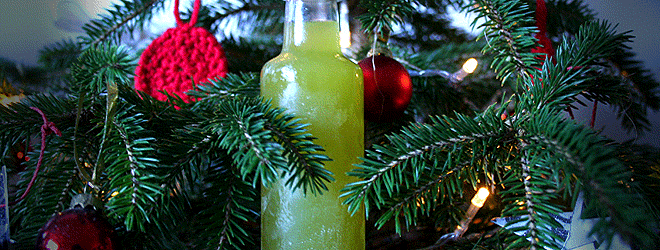
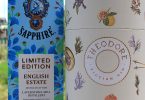
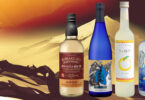
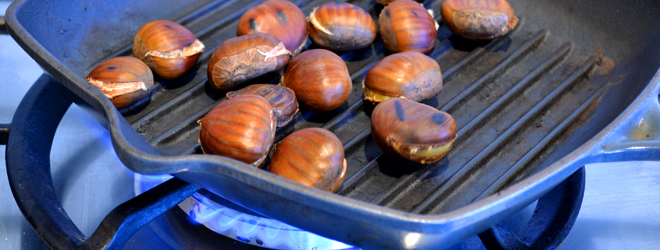
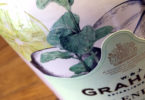
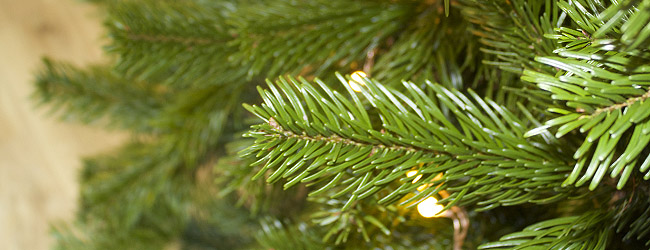
This is mental!!! You guys clearly drink too much 😉 Seriously though, what a cool idea!
[…] infusion, so this Christmas we experimented with several methods of making spruce gin and vodka. You can read the full trials here, but our preferred method is as follows: break up two tablespoons of needles with a teaspoon of […]
I did a combination of 2 and 3 and my concoction started out a beautiful green, but by morning it was turning color, so I took it off the needles and put it into the filter. By time I got home from work it was brown. Thoughts?
Thanks for getting in touch.
I’m afraid I can’t provide a scientific reason why your vodka would go brown, but a lot of my infusions that start off green quickly change colour (creme do menthe with mint leaves being a good example). For some reason my spruce vodka retained its green colour – perhaps because it went straight in the freezer for storing. Lets both hope someone else out there has the answer!
Making a sage liqueur in the summer, I was advised to make sure the leaves were sunk under the alcohol otherwise they turn brown as they oxidise. As the sage has to be tightly packed in, covered in booze then left for 30 days with the occasional shake of the jar, mine still turned brown (a few leaves floated above the waterline) but, with the addition of sugar syrup, was utterly delicious! Hope this helps!
Great idea, going to set a reminder to try this, spruce or pine is the question indeed!